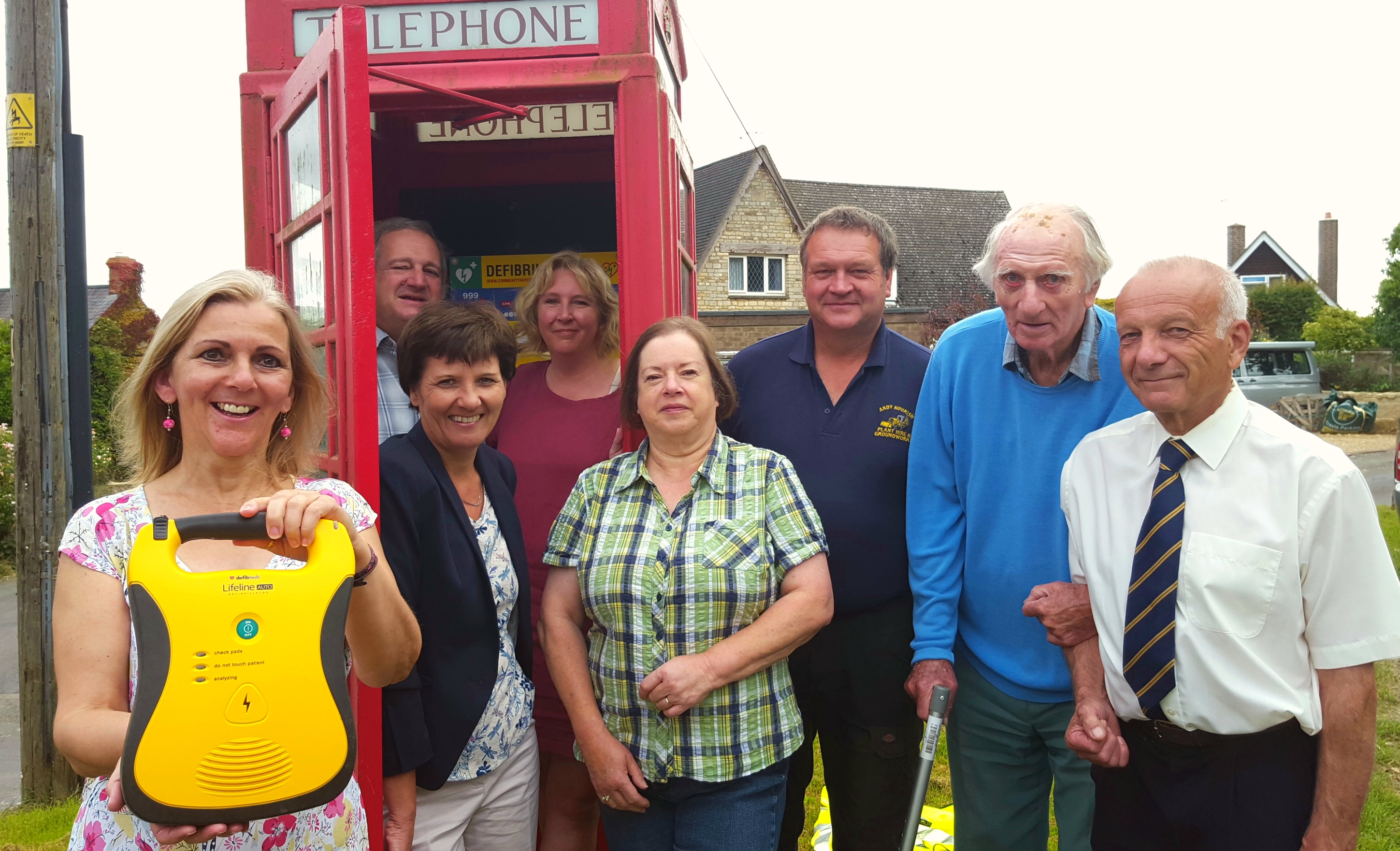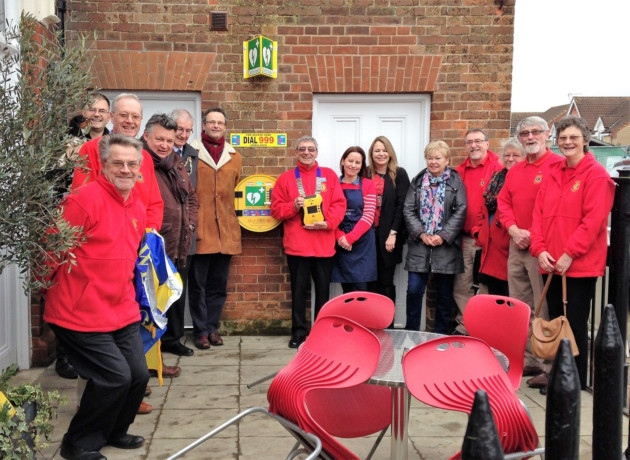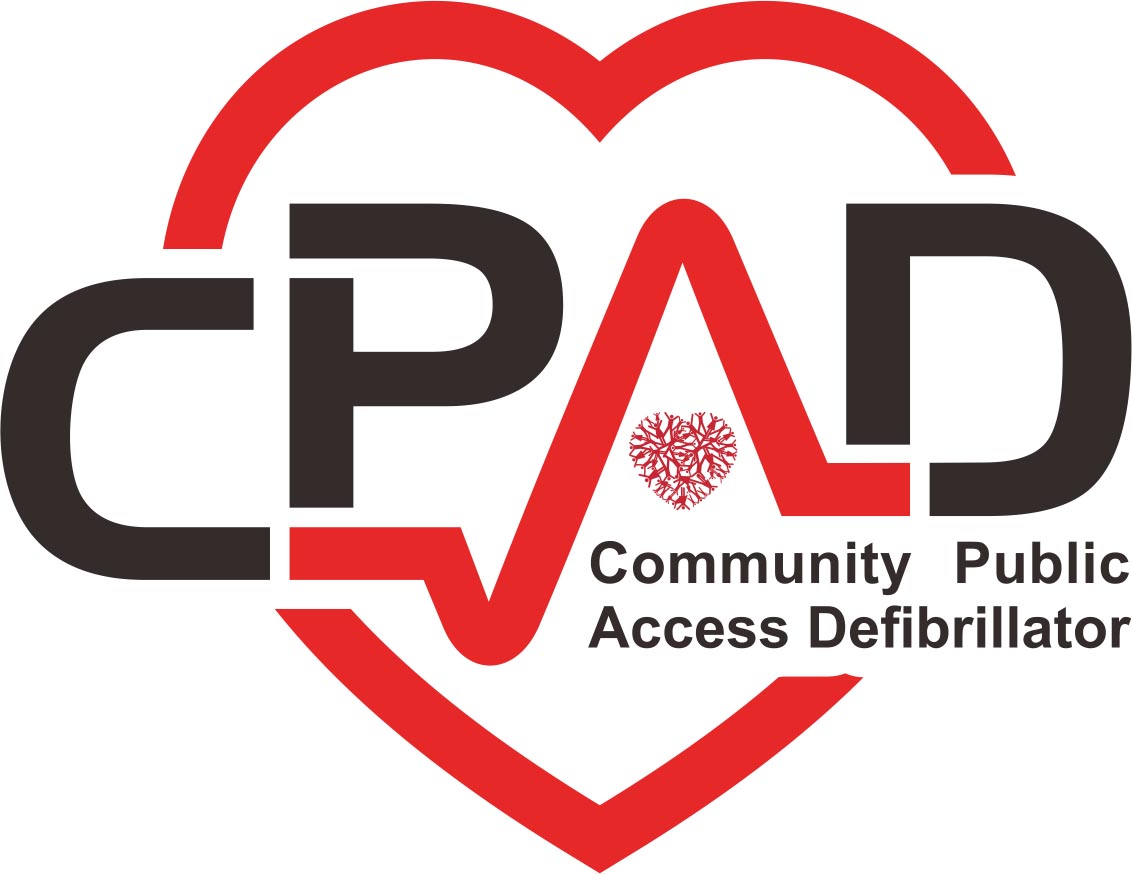MORE THAN JUST A DEFIB IN A BOX...


A common definition is that "cPADs are cabinets located on the outside wall of a building so that the AED inside can be accessible 24/7 to anyone in the vicinity who requires it" and this is correct in part. However, CHT coined the term cPAD which after many years has passed into common parlance and as a result, CHT envisages a cPAD to be far more than just a defibrillator in a box..

A cPAD is..
- A Defibrillator suited to purpose i.e for untrained users
- A Cabinet that is from an experienced ISO rated manufacturer, IP rated, meeting BSi regulations
- A Comprehensive Governance Program and ongoing support to ensure the defibrillator is maintained and rescue-ready as often as possible over its lifetime
- Community Training
- Insurances addressed
- Policies and procedures put in place where necessary
- A resilient and sustainable project
The Community Heartbeat Trust is committed to offering a high standard of community defibrillation project and is the only organization offering a fully holistic and resilient service.
Whilst is it is very easy to simply buy from the internet, just like the placement of playground equipment, there are liabilities involved. The benefits of having community defibrillators are unquestioned, but these are medical devices and come under special guidance. Therefore, our aim is to bring to the attention of communities a holistic view of the issues and process, and offer simple methods of making sure the right equipment, the right processes, the right policies are all followed.
This way everyone wins. Not to address some of these areas is like ignoring the fact you need to know the highway code whilst driving. It does not stop you driving the car, but if an accident happens, it is difficult to explain why the highway code was ignored.
A community defibrillation project is not about a defibrillator and a cabinet. It is much more and should form a central part of any community resilience programme, which will include community training, emergency planning, and emergency communications. Communities also need to be clear and understand there are potential pitfalls, and CHT will always highlight these, then offer a solution to mitigate them.
But above all, it should be done with best practice in mind.
Questions?
